Wouldn’t it be fantastic to go to a theme park like in the Jurassic Park movies and see dinosaurs up close and personal? Of course, you’d have to ensure that accidents like those that happen in the movies do not happen. Dinosaurs roamed the Earth millions of years ago and they were ferocious creatures. When they inhabited this planet, they were gigantic and one of the most feared creatures. Dinosaurs have fascinated archaeologists and even children throughout the years. Luckily through paleontological sites, there have been a myriad of dinosaur bones found and displayed in museums. Let’s take a look at the nine dinosaurs that start with O.
Omeisaurus
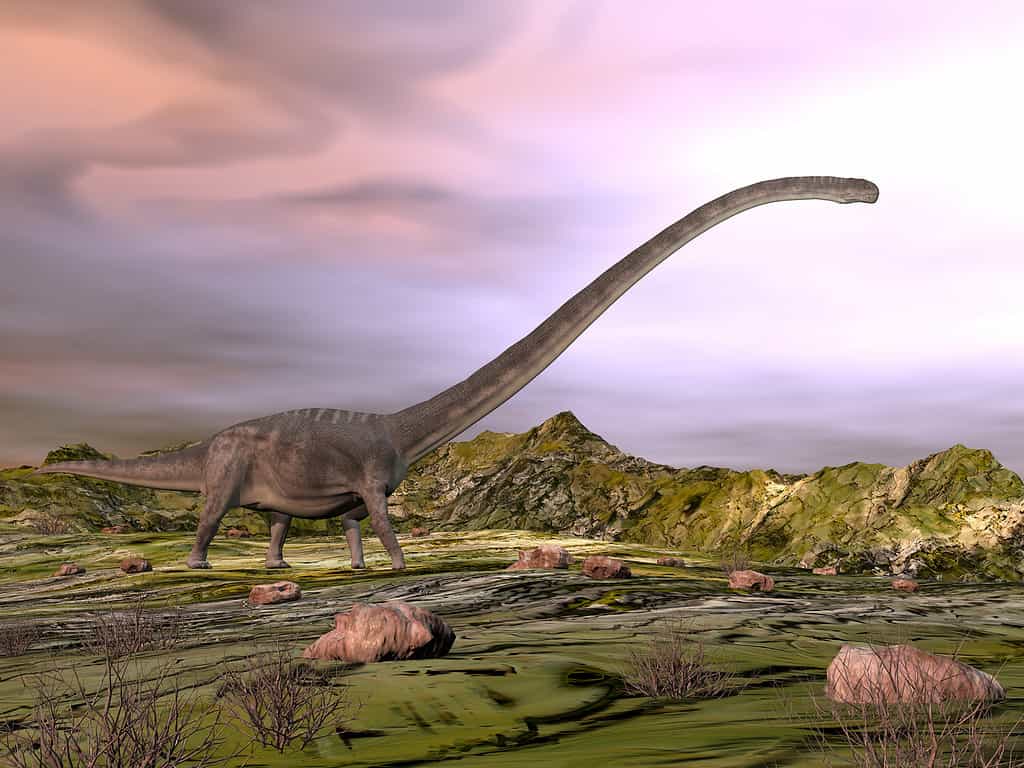
The omeisaurus was named because it was discovered near Mount Emei in Sichuan Province.
©Elenarts108/iStock via Getty Images
Named by Paleontologist C.C. Young in China in 1939, the omeisaurus was originally found three years before. The dinosaur was a herbivore that lived in the mid-Jurassic period, which was approximately 160 million years ago. The omeisaurus got its name because it was a sauropod, which is a lizard-hipped species of dinosaur. Growing up to 65 feet tall, the omeisaurus was one of the largest dinosaurs that roamed the Earth.
Opisthocoelicaudia
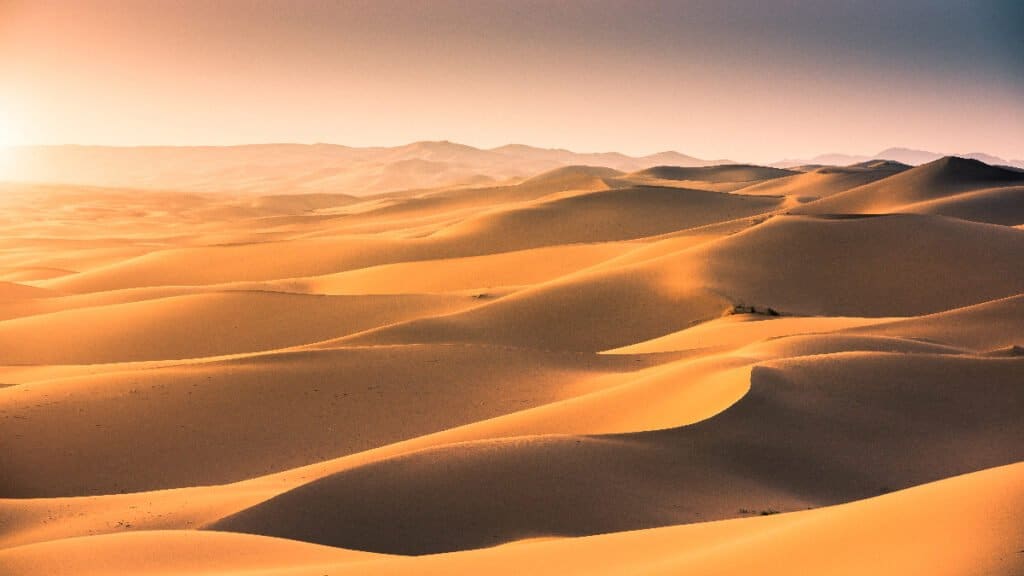
The opisthocoelicaudia dinosaur was discovered in the Gobi Desert (pictured above).
©mr.wijannarongk kunchit/Shutterstock.com
This sauropod was much smaller than others, only measuring 39 feet tall. Polish and Mongolian scientists were digging up potential fines in the Gobi desert when they found this amazing dinosaur. The opisthocoelicaudia dinosaur, which was a herbivore, lived in the late Cretaceous period, about 70 million years ago. When the creature was discovered, it was missing a skull and neck bone, which means that scientists had to construct a model from other similar sauropods.
Ornitholestes
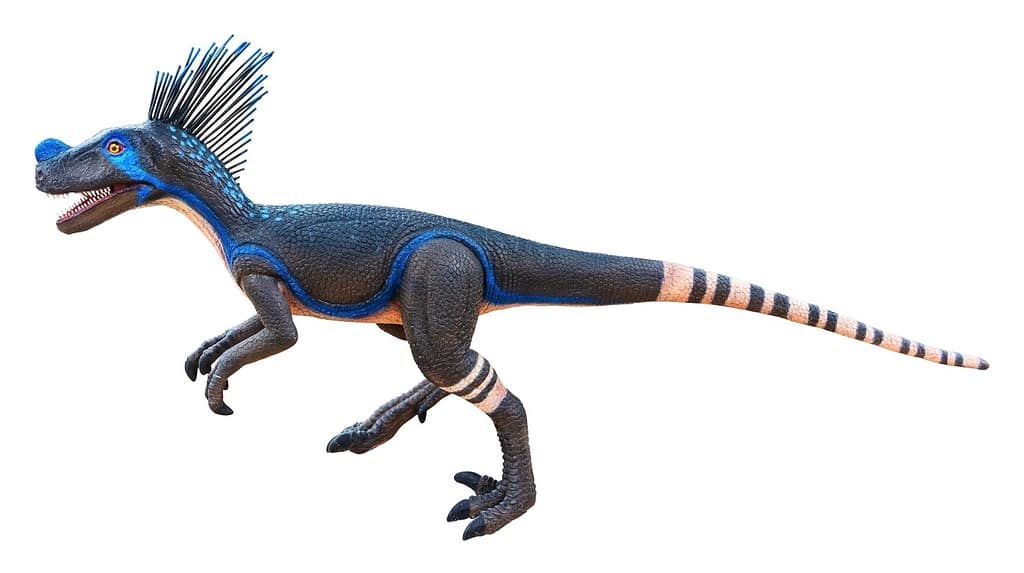
This carnivorous dinosaur was discovered near Medicine Bow, Wyoming.
©YuRi Photolife/Shutterstock.com
Paleontologists Peter C. Kaisen, Paul Miller, and Frederic Brewster Loomis of the American Museum of Natural History were the ones who discovered the bones of the ornitholestes. The name means bird robber and this dinosaur lived in the late Jurassic period, about 150 million years ago. This small therapod was only six feet tall but was quite dangerous, eating a whopping one pound of flesh each day.
Ornithomimus

It was archeologist O.C. Marsh who first named this omnivorous dinosaur.
©YuRi Photolife/Shutterstock.com
This theropod could grow up to 13 feet tall. The ornithomimus was an omnivore, which means that it ate both plants and animals. Coming from the Cretaceous period, this dinosaur lived approximately 70 million years ago. Several species of this dinosaur were found in Alberta, Canada, and Colorado between the 1890s and early 1900s. Furthermore, scientists described this dinosaur as having feathers.
Orodromeus

This herbivorous dinosaur was found in Teton County, Montana (pictured above).
©arlutz73/iStock via Getty Images
Growing up to six feet tall, this herbivorous dinosaur loved plants. It roamed around in the late Cretaceous period, which was about 74 million ago. Orodeomeus means mountain runner in Greek and paleontologists Jack Horner and David Weishampel named it. However, Robert Makela made the discovery during his paleontological excavation in Montana. Furthermore, this ornithopod ran around on two legs, hence the name.
Oryctodromeus
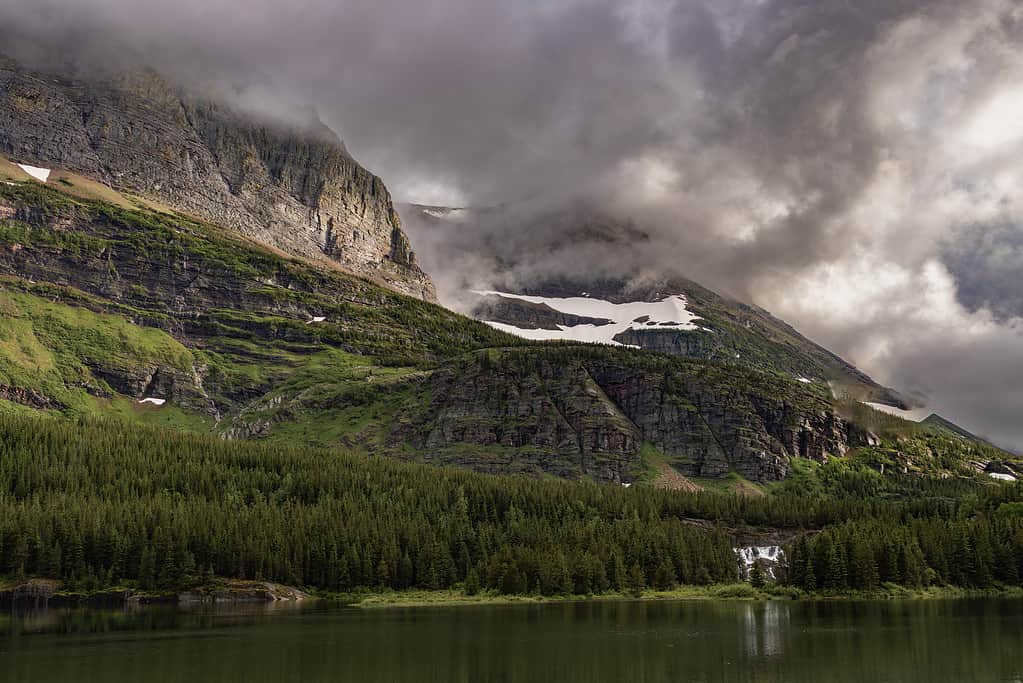
The ornithopod dinosaur was found during a paleontological expedition in southwestern Montana and southeastern Idaho in the late 2000s.
©Beth Hibschman/iStock via Getty Images
Growing up to be nearly seven feet tall, the herbivorous dinosaur lived in the late Cretaceous period, around 95 million years ago. When scientists found this creature, they also found the bones of two other juvenile dinosaurs of the same species. The oryctodromeus weighed about 60 pounds and was a burrowing animal, which sought shelter in burrows. That is where the scientists found the bones during their excavation.
Othnielia
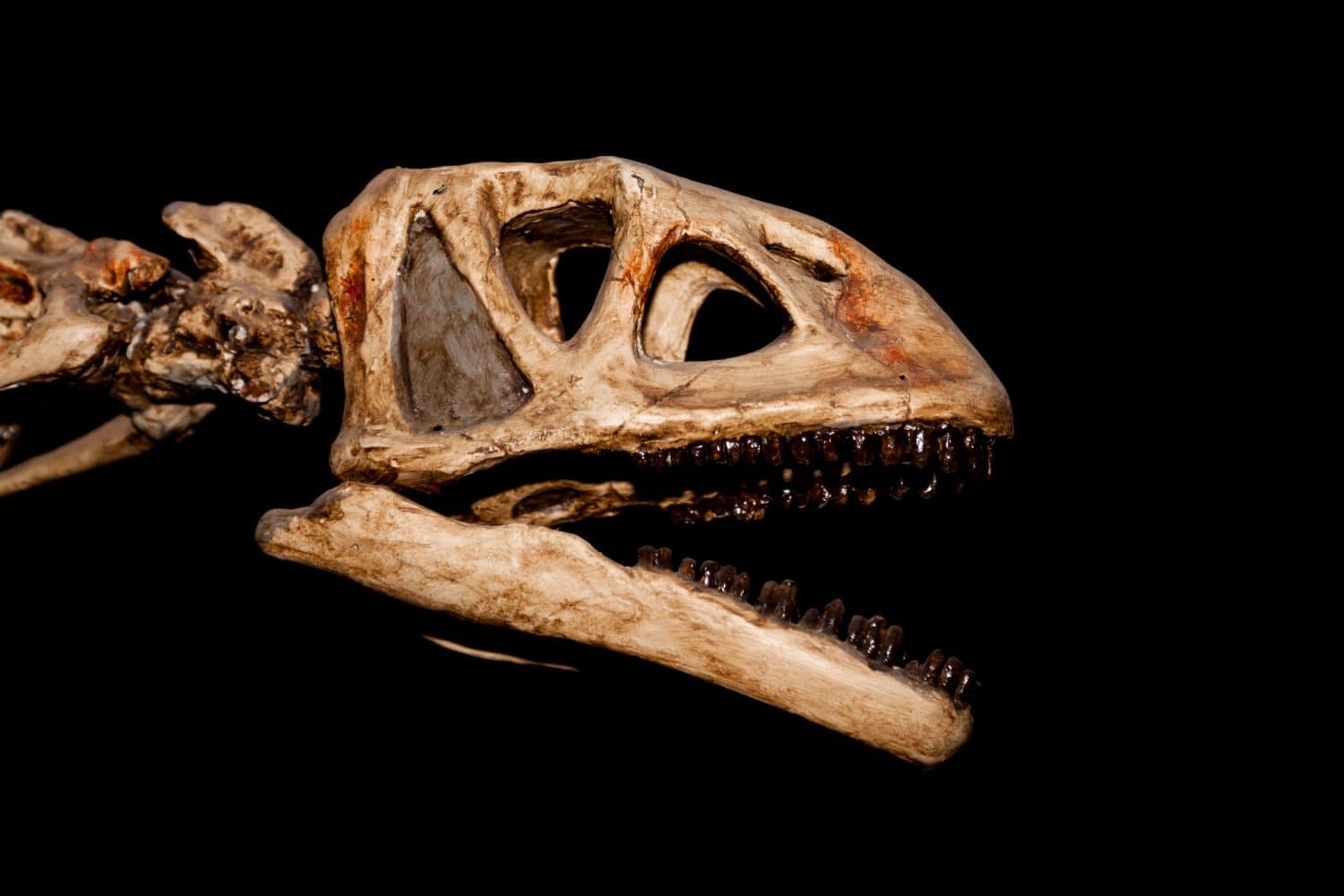
Paleontologists found this herbivorous dinosaur in the late 1870s in the Western United States.
©Tami Freed/Shutterstock.com
The othnielia was a dinosaur that lived in the late Jurassic period, about 150 million years ago. It roamed the Earth in what is now the United States, where archeologists found a whopping 81 dinosaur species. This creature was a small one, measuring only 4.5 feet tall. Although paleontologists have found bones of this creature, none of them have been of their complete skeleton.
Ouranosaurus

Paleontologists have found eight dinosaurs in Niger, including this herbivore.
©Elenarts108/iStock via Getty Images
The ouranosaurus was an ornithopod that measured a whopping 22 feet tall. Because it was a herbivore, it ate only plants and the like. This creature lived in the early Cretaceous period, about 100 million years ago. French archeologists made these discoveries in several expeditions they undertook in the late 1960s and 1970s.
Oviraptor

Found in Mongolia, the oviraptor was named as such because it loved to steal and eat eggs.
©Kitti Kahotong/iStock via Getty Images
The oviraptor was approximately six feet tall and its diet consisted of eggs, shellfish, and fruits or plants, thus it was an omnivore. The dinosaur lived in the late Cretaceous period, around 80 million years ago. The explorer Roy Chapman Andrews found the creature during a paleontological excavation in 1923, but Henry Fairfield Osborn named it.
And there you have it, these are the nine dinosaurs that start with O. Scientists found these creatures in various places around the world. These archaeologists found some of the greatest treasures in history when they excavated grounds throughout this planet. Based on their expertise and knowledge, we now know what they could have looked like, what they ate, and other things about these fascinating creatures.
The photo featured at the top of this post is © AmeliAU/Shutterstock.com
Thank you for reading! Have some feedback for us? Contact the AZ Animals editorial team.







